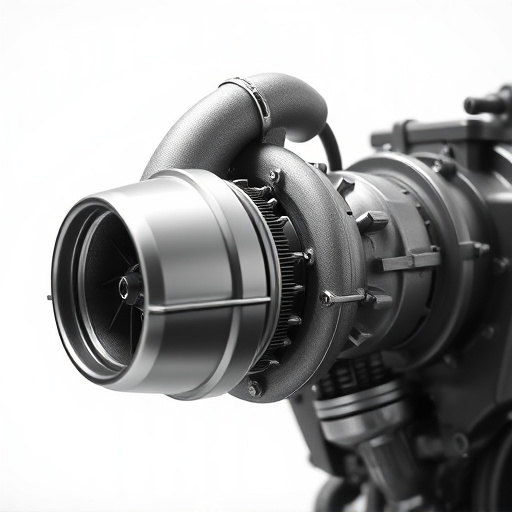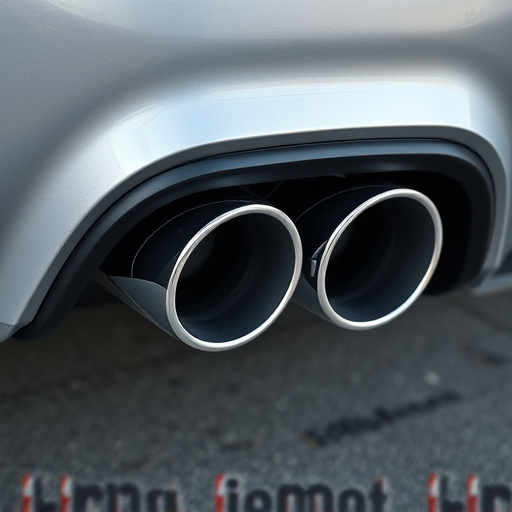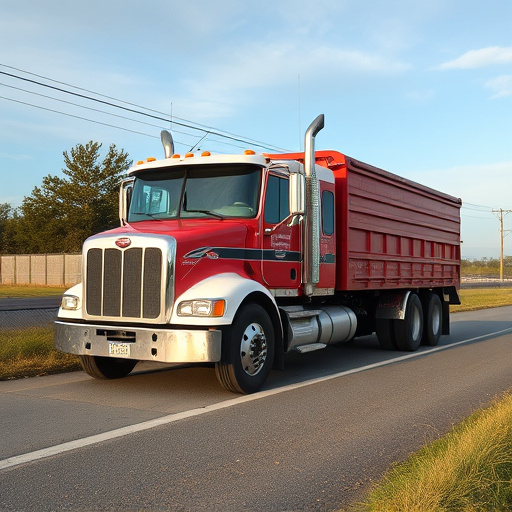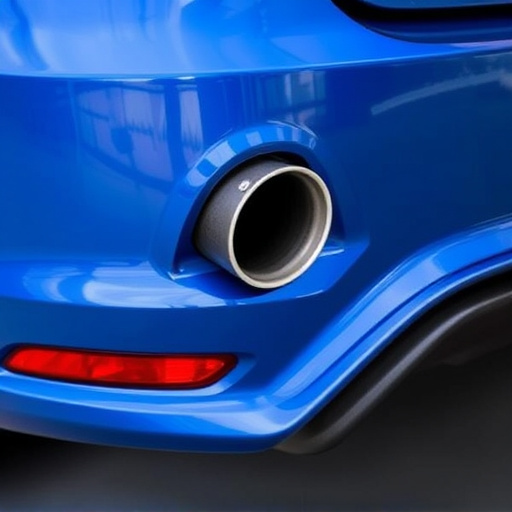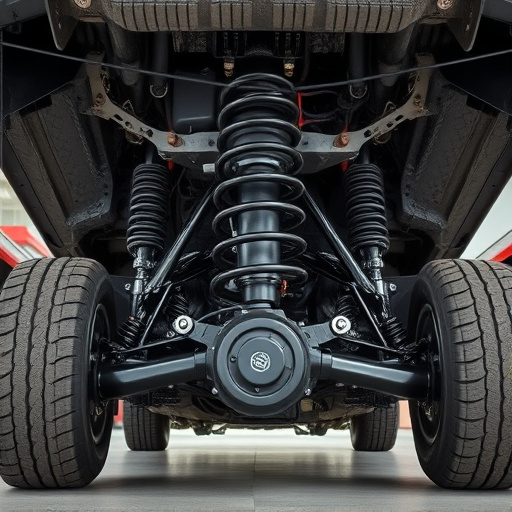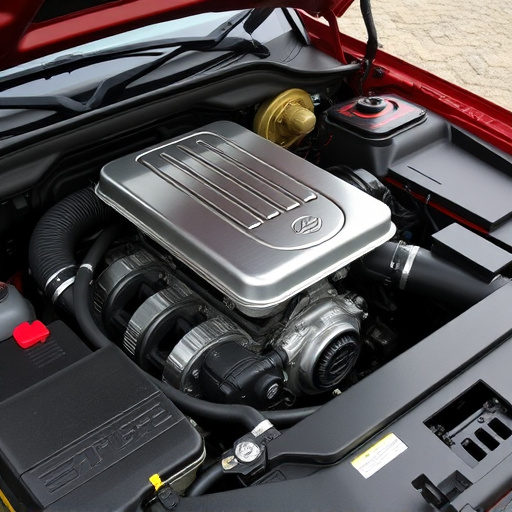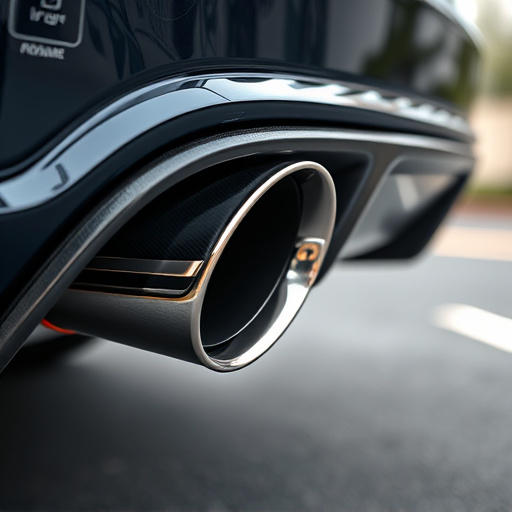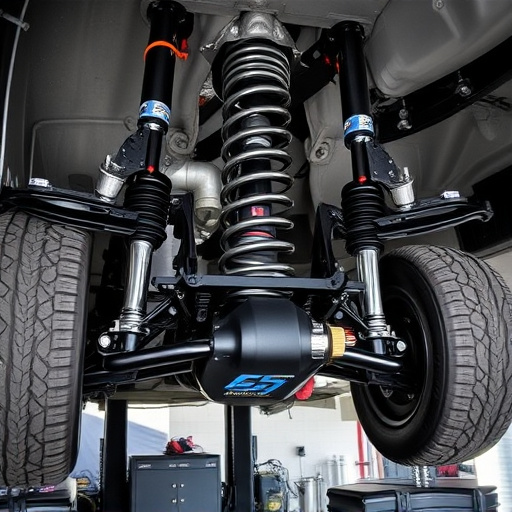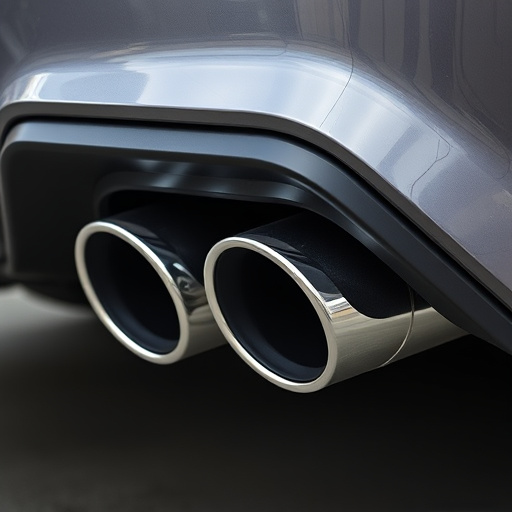Air intake installation is a simple yet effective way to enhance vehicle performance. By allowing more cold, dense air into the engine through high-flow systems, it enables better fuel and air combustion, increasing output, torque, and fuel economy. Unlike restrictive exhausts, a well-designed intake complements other upgrades for improved throttle response and smoother power delivery. Modern air intake systems use advanced technologies like cone or panel filters to streamline airflow while capturing fine particles, ensuring optimal vehicle dynamics and handling. This modification is ideal for daily driving and track use alike, boosting power, torque, braking capabilities, and often paired with suspension enhancements.
Enhancing your vehicle’s performance, efficiency, and longevity is as simple as installing an advanced air intake system. This cost-effective modification opens up a world of benefits, starting with a notable performance boost. By allowing for increased airflow, air intake installations can significantly enhance engine output, boosting horsepower and torque. Beyond visible gains, these systems also improve fuel economy, reducing consumption and saving you money at the pump. Furthermore, they play a crucial role in protecting your engine, ensuring better durability and fewer maintenance headaches.
- Performance Boost: How Air Intake Installation Enhances Engine Output
- – Exploring the direct impact of air intake on engine performance
- – Discussing increased airflow and its effects on horsepower and torque
Performance Boost: How Air Intake Installation Enhances Engine Output
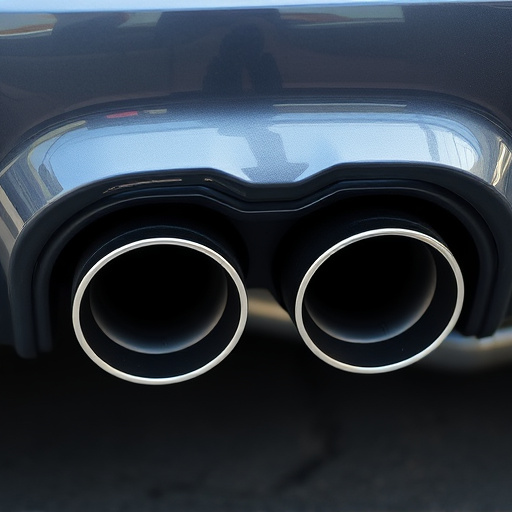
Air intake installation is a simple yet powerful modification that can significantly boost your vehicle’s performance. By upgrading from stock air intake components to high-flow systems, you’re allowing more cold, dense air into the engine. This increased oxygen supply enables the fuel and air mixture to burn more efficiently, resulting in enhanced engine output and torque. The improved airflow doesn’t just benefit power; it also contributes to better fuel economy, as the engine uses less fuel to achieve the same level of performance.
Unlike some modifications that primarily focus on aesthetics or comfort, air intake installation offers tangible benefits for both daily driving and track use. Unlike heavy cat back exhaust systems that can restrict airflow, a well-designed intake system complements other upgrades while ensuring optimal engine breathing. This means better throttle response, smoother power delivery, and ultimately, a more enjoyable driving experience—all thanks to the simple addition of high-quality intake components.
– Exploring the direct impact of air intake on engine performance
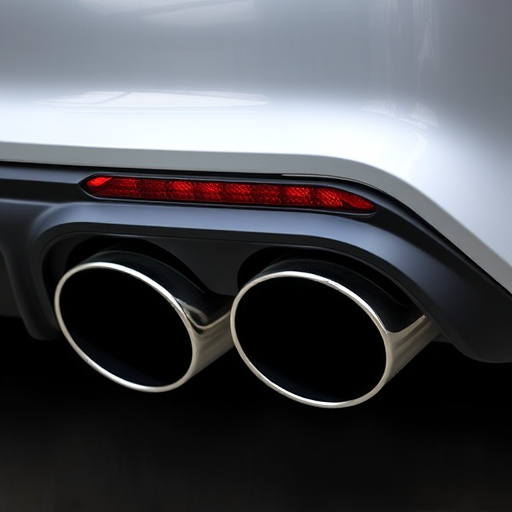
Air intake installation isn’t just about improving the look of your vehicle; it directly impacts engine performance. By allowing more cold air to enter the combustion chamber, air intake systems enhance the efficiency of fuel burning, leading to increased horsepower and torque. This boost in power is particularly noticeable in vehicles equipped with high-performance parts, where the extra oxygen supports better ignition and combustion.
Moreover, modern air intake components are designed to streamline airflow, reducing restrictions that can hinder engine performance. Unlike simple aftermarket filters, these systems often incorporate advanced technologies like cone or panel filters, which not only capture fine particles but also maintain optimal airflow. This ensures that other critical components, such as brake rotors, work efficiently, contributing to better overall vehicle dynamics and handling.
– Discussing increased airflow and its effects on horsepower and torque
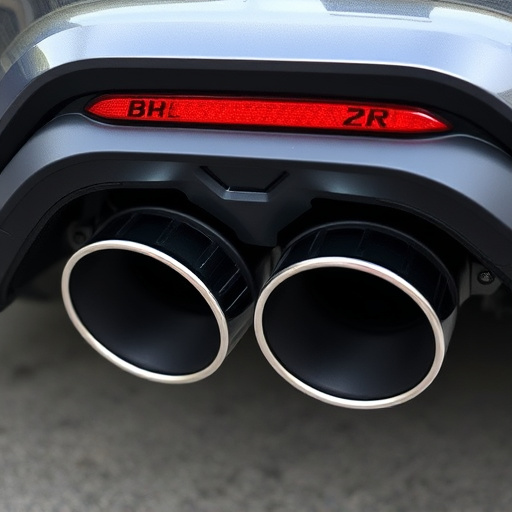
The primary benefit of installing an air intake system is the significant boost it provides to your vehicle’s performance. By enhancing airflow, this modification allows for a more efficient combustion process in the engine. When oxygen-rich air flows freely into the engine, it can burn fuel faster and more completely, leading to increased horsepower and torque. This direct correlation between improved airflow and higher output is well-documented among automotive enthusiasts and engineers alike.
Furthermore, the upgrade to performance air filters, a common component in many air intake installations, plays a crucial role. These high-flow filters capture and retain contaminants while allowing maximum air volume to pass through, ensuring your engine receives the cleanest possible air. Clean air is essential for optimal fuel ignition, which directly impacts overall performance, including improved braking power due to enhanced engine efficiency—a benefit often seen when upgrading suspension components as well.
Air intake installation is a powerful tool for enhancing vehicle performance, particularly by optimising airflow to the engine. As our discussion has highlighted, this simple yet effective modification directly impacts engine output, resulting in increased horsepower and torque. By improving oxygen supply, air intake installation plays a crucial role in enhancing overall vehicle performance, making it a popular choice among car enthusiasts seeking both efficiency and power.


